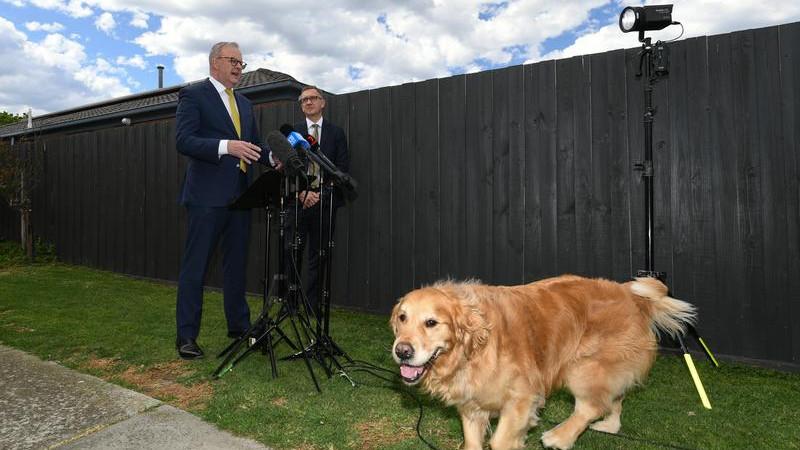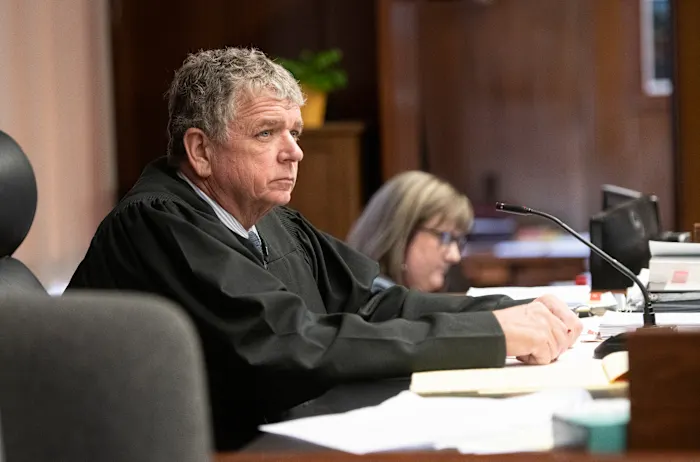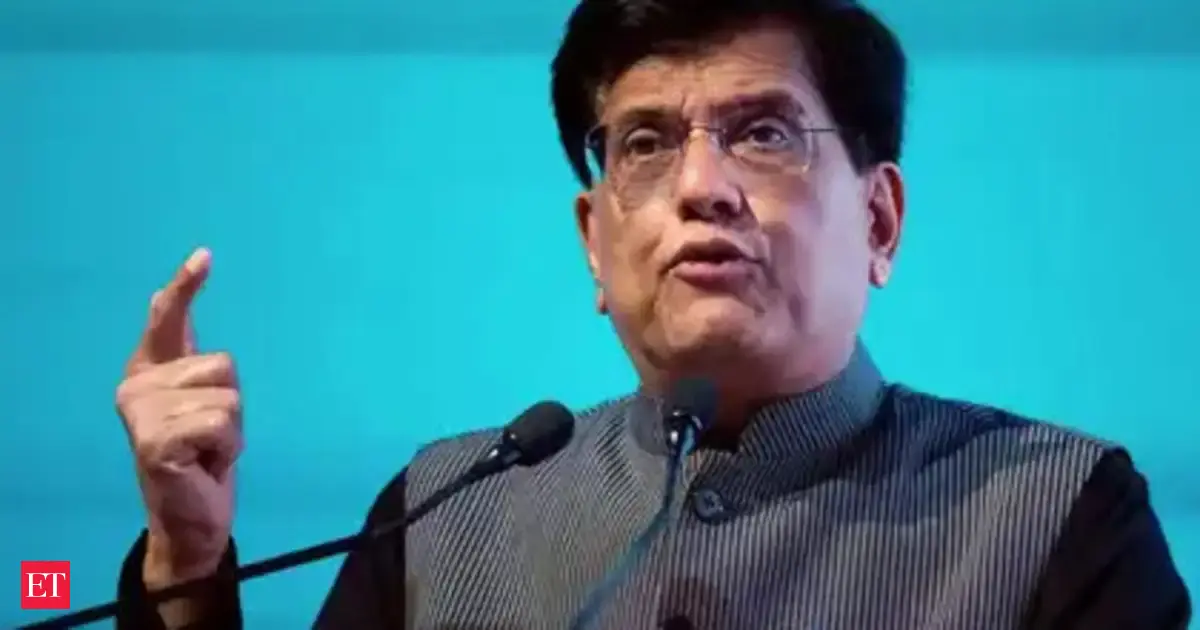
State lawmakers had to go into overtime, but they managed to send a six-bill package of climate and energy bills to Gov. Gavin Newsom. While no one considers it perfect, this package represents a critical compromise for California’s future.
All the familiar adversaries remain reliably at odds over parts of the package. Environmental groups clashed with business interests while Democrats sparred with Republicans. But compromises on key points ultimately resulted in legislation that positions the state to reach carbon neutrality in 20 years with greater hope of keeping energy costs in check for consumers.
Senate President Pro Tem Mike McGuire, D-Healdsburg, shepherded what he called the “most impactful affordability, climate and energy packages in our state’s history” to passage. This is his last session at the helm of the Senate, ending a tenure that’s enhanced our region’s influence in Sacramento.
Gov. Gavin Newsom’s administration also played a major role in the negotiations. He signed the bills on Friday.
The package will extend the state’s landmark cap-and-trade program to 2045. That program, which Newsom and lawmakers have rebranded as “cap-and-invest,” requires companies to buy credits for carbon emissions and limits the number of credits available, a limit that declines over time. As the cost of credits increases, the prospect of reducing emissions becomes more appealing.
Cap-and-trade is a cornerstone of California’s efforts to combat climate change. The state has been a national and global leader in such efforts. It must continue in that role, especially with a federal administration hostile to environmental initiatives.
While cap-and-trade provides the framework for long-term emissions reduction, the package also addresses immediate energy cost concerns.
Recognizing voter anger over rising energy bills, the governor and lawmakers will allow new oil drilling in Kern County to ease gas prices. That’s not ideal, but it is necessary as the state transitions to cleaner alternatives. Phasing out gas-powered vehicles and other uses will take many years. In fact, electric vehicles stand to grow more expensive soon. The Trump administration has eliminated tax credits for them effective Sept. 30. It’s one more setback for California’s zero-emissions goals.
Another measure seeks to ease financing for utilities to accelerate construction of transmission lines, lowering the impact on ratepayers. It also limits the ability of utilities to raise rates to pay for wildfire-proofing their infrastructure, shifting the responsibility where it belongs – onto investors in private utilities and the companies that have started too many catastrophic fires.
The package also includes a 10-year, $18 billion replenishment of the state’s wildfire fund. As claims from January’s fires in Los Angeles County drained the fund, the rest of the state was vulnerable to disaster. That provides crucial protection for wildfire-prone areas like the North Bay and North Coast.
The package also opens the door to Western regional energy markets, allowing California to sell excess renewable power to neighboring states. That risks California buying power generated at coal-fired plants, but it’s an opportunity to make the most of California’s renewable energy and storage capacity, strengthening grid reliability and helping to keep costs down,
Phew. That’s a lot, and lawmakers tucked in various other measures such as funding for high-speed rail. There’s something for everyone to like and dislike. Nevertheless, it is a huge accomplishment that will help define the energy legacy for McGuire, Newsom and other California leaders.



